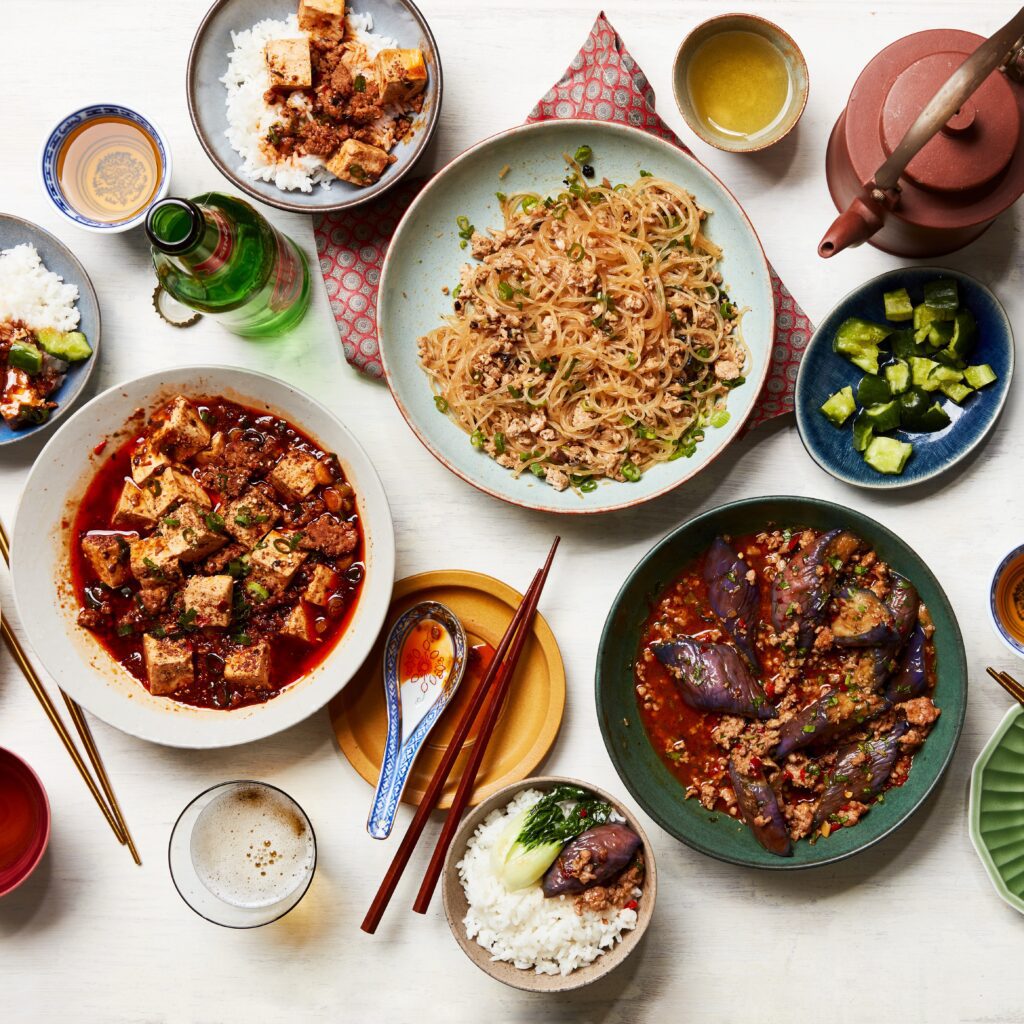Indian cuisine is recognized for the variety of spices and flavors in its dishes, especially curries. Indian curries can be categorized into North Indian, South Indian, and East Indian options, each featuring different ingredients, techniques, and flavors. North Indian curry is creamy and tomato-based with a combination of spices and typically features chicken, lamb, or paneer. South Indian curry is thinner, spicier, and contains coconut milk, tamarind, and mustard seeds, and features seafood and vegetables. East Indian curry has a mild flavor and is often sweet and sour, made with mustard seeds, fenugreek, coconut, and tamarind. A basic Indian chicken curry recipe is provided.
Savory and Spicy: The Diversity of Indian Curry
Introduction
Indian cuisine is known for its vibrant spices and flavors. Among the wide range of dishes, Indian curries are the most popular and well-known. Curries come in various types, flavors, and textures, offering a diverse range of options for food lovers.
In this article, we will take a closer look at the different types of Indian curries and how they are made. We will also provide a step-by-step guide to making a basic Indian curry at home.
Types of Indian Curry
Indian curries can be broadly classified into three main categories – North Indian, South Indian, and East Indian. Each region has its unique ingredients, techniques, and flavors.
North Indian Curry
North Indian curry is known for its thick and creamy texture, rich in tomato puree and cream. The base of the curry is made with onion, garlic, ginger, and a variety of spices such as cumin, coriander, turmeric, and garam masala. This curry usually features chicken, lamb, or paneer (cottage cheese) as the main protein, and is usually served with naan or rice.
South Indian Curry
South Indian curry is known for having a thinner consistency and being spicier than North Indian curry. It is made with coconut milk, tamarind, and a mix of spices such as cumin, mustard seeds, fenugreek, and curry leaves. This curry features seafood and vegetables as the main protein and is usually served with rice or idli (steamed rice cakes).
East Indian Curry
East Indian curry is known for having a mild flavor and is often sweet and sour in taste. It is made with mustard seeds, fenugreek, and poppy seeds, and flavored with coconut and tamarind. This curry usually features fish, pork, and chicken as the main protein and is usually served with rice or roti (Indian flatbread).
Step-by-Step Guide to Making Indian Curry
Now that we have learned about the different types of Indian curry, let’s dive into making a basic Indian chicken curry.
Ingredients
– 500g chicken, cut into small pieces
– 2 onions, finely chopped
– 3 garlic cloves, minced
– 2-inch piece of ginger, grated
– 2 tomatoes, pureed
– 1/2 cup of yogurt
– 1/2 cup of cream
– 2 tbsp vegetable oil
– 2 tsp cumin seeds
– 2 tsp coriander seeds
– 1 tsp turmeric powder
– 1 tsp garam masala
– Salt to taste
Method
1. Heat the oil in a large pan over medium heat. Once hot, add the cumin and coriander seeds and let them splutter.
2. Add the onions and sauté until golden brown.
3. Add in the garlic and ginger, and sauté for another 2-3 minutes.
4. Add the chicken to the pan and mix well. Cook the chicken until it turns golden brown.
5. Add the tomato puree and mix it well. Let it cook for 5-7 minutes until the oil starts separating from the masala.
6. Add the yogurt, cream, turmeric, garam masala, and salt, and stir everything together. Let the curry cook for another 10-12 minutes until the chicken is cooked through.
7. Serve hot with rice or naan.
Conclusion
Indian curries are a delicious and diverse range of dishes that are easy to make at home. Whether you prefer a creamy North Indian curry or a spicy South Indian curry, there is something for everyone. So, the next time you are in the mood for some authentic Indian cuisine, give one of these curries a try!
